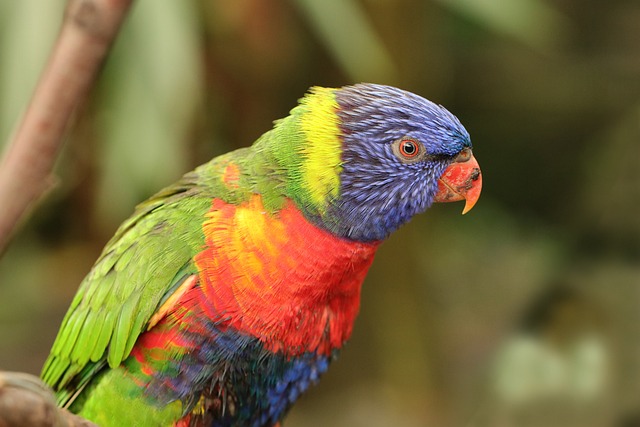
Why Parrots Mimic Sounds? Parrots, renowned for their vibrant plumage and captivating personalities, possess a remarkable ability that has intrigued humans for centuries: the art of imitation. From mimicking human speech to replicating various environmental sounds, parrots have gained a reputation as skilled mimics. But why do these feathered wonders possess this unique talent? In this article, we delve into the fascinating world of parrot mimicry and explore the reasons behind their propensity for imitating sounds.
Communication and Social Interaction
Parrots are highly social creatures, often forming strong bonds with both fellow parrots and humans. In the wild, parrots use vocalizations to communicate with their flock, convey emotions, and establish their presence. By mimicking sounds, including human speech, parrots can bridge the communication gap between themselves and their human companions. This mimicry can lead to enhanced social interaction and a deeper connection, making them more integrated members of the household.
Cognitive Stimulation
Parrots are renowned for their intelligence, and mimicking sounds provides them with cognitive stimulation. Learning to imitate sounds challenges their minds and keeps them engaged. This mental exercise is crucial for preventing boredom, which can lead to behavioral issues in captive parrots. In the wild, parrots encounter a variety of sounds, and the ability to imitate them allows captive parrots to maintain mental agility akin to their natural habitat.
Bonding and Attention-Seeking
When a parrot imitates human speech, it often elicits responses from humans, reinforcing the behavior. Parrots are astute observers of human behavior, and they quickly learn that mimicking sounds, especially words, garners attention. This attention can include verbal responses, treats, or simply engaging interactions. Parrots are social creatures that thrive on companionship, and imitating sounds becomes a method to maintain social bonds and garner the attention they crave.

Territory and Repertoire Expansion
In the wild, parrots inhabit diverse environments with an array of sounds. By imitating these sounds, they establish their presence and reinforce their territorial boundaries. Moreover, parrots are known to mimic sounds of other animals, such as other bird species or even mammals. This expansive repertoire of sounds enables them to blend in seamlessly with their surroundings, providing them with both a survival advantage and the ability to express their versatility.
An Intrinsic Form of Play
Mimicking sounds is also a form of play for parrots. They derive enjoyment from producing novel sounds and experimenting with their vocal abilities. This playful aspect of mimicry is not only entertaining for parrots themselves but also endearing for human observers.
The enigmatic ability of parrots to imitate sounds is a testament to their adaptability, intelligence, and social nature. As companions, their mimicry brings joy, laughter, and a unique form of connection to our lives. By understanding the underlying reasons for this behavior—be it for communication, cognitive stimulation, bonding, or simply play—we can better appreciate the complex and fascinating world of these charismatic avian companions.




